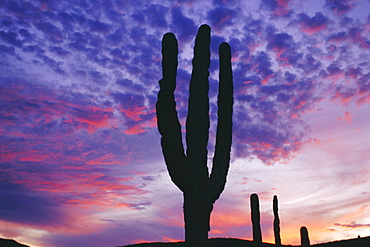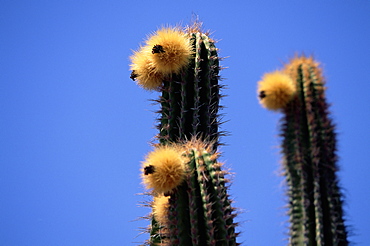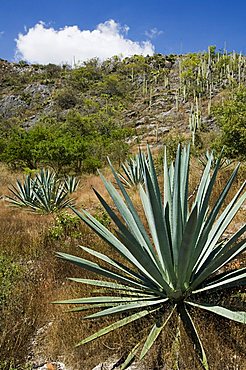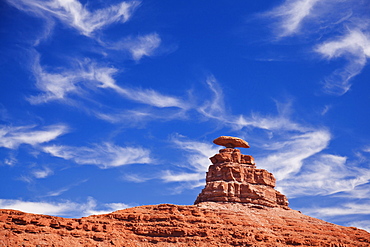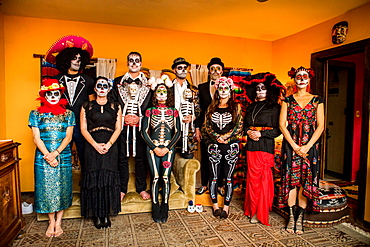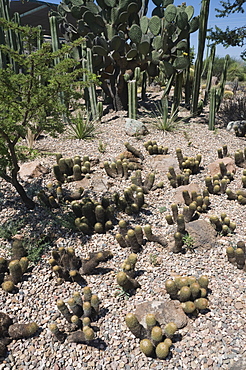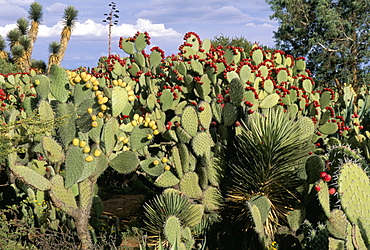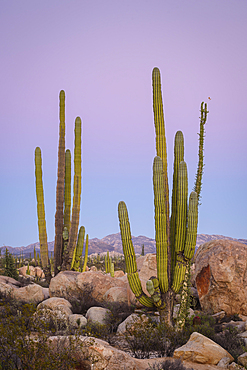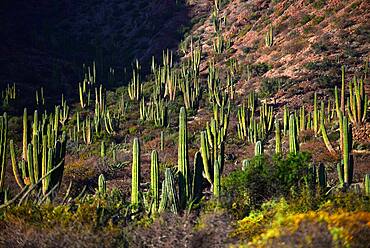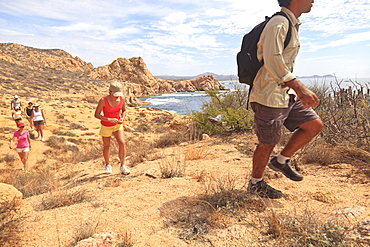Results
40 results found
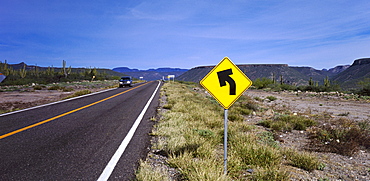
Rio el Novillo, Mexican Federal Highway No. 1, running 1711 km along the Baja California Peninsula from Cabo San Lucas in the south to Tijuana in the north, Mexico, North America
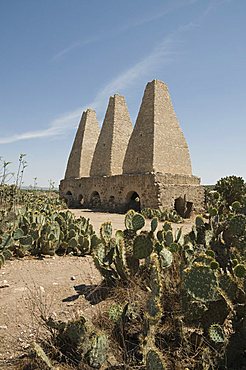
Old kilns for processing mercury, Mineral de Pozos (Pozos), a UNESCO World Heritage Site, Guanajuato State, Mexico, North America

Old kilns for processing mercury, Mineral de Pozos (Pozos), a UNESCO World Heritage Site, Guanajuato State, Mexico, North America
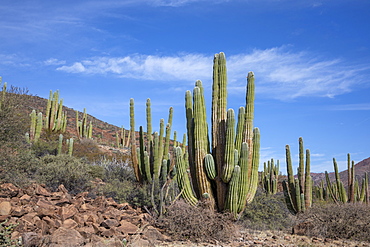
Mexican giant cardon cactus (Pachycereus pringlei), on Isla San Esteban, Baja California, Mexico, North America
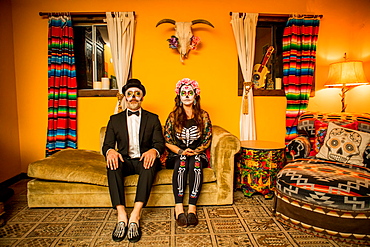
Man and woman in Dia de los Muertos makeup and costume, Day of the Dead celebration in the desert, California, United States of America, North America

Woman in Dia de los Muertos makeup and costume, Day of the Dead celebration in the desert, California, United States of America, North America
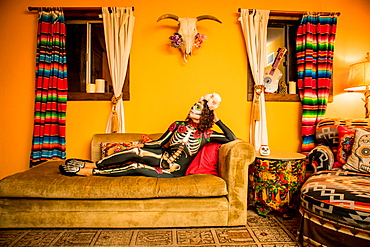
Woman in Dia de los Muertos makeup and costume, Day of the Dead celebration in the desert, California, United States of America, North America

Man in Dia de los Muertos makeup and costume, Day of the Dead celebration in the desert, California, United States of America, North America

Man in Dia de los Muertos makeup and costume, Day of the Dead celebration in the desert, California, United States of America, North America
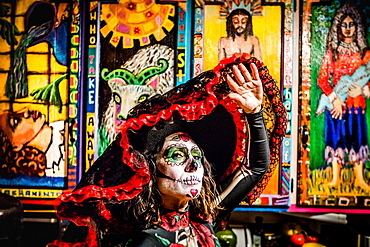
Woman in Dia de los Muertos makeup and costume, Day of the Dead celebration in the desert, California, United States of America, North America
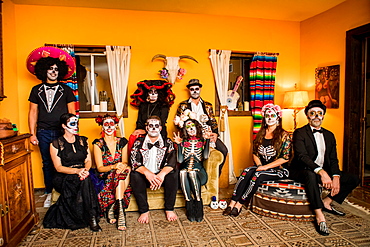
Group of friends in Dia de los Muertos makeup and costume, Day of the Dead celebration in the desert, California, United States of America, North America
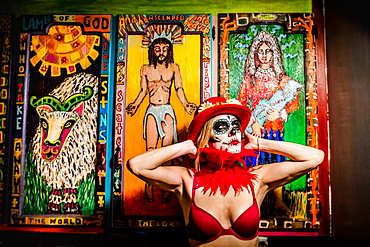
Woman in Dia de los Muertos makeup and costume, Day of the Dead celebration in the desert, California, United States of America, North America
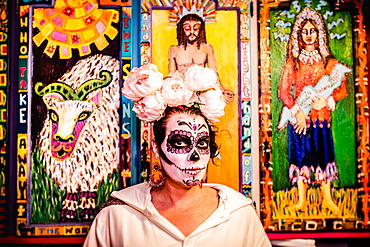
Woman in Dia de los Muertos makeup and costume, Day of the Dead celebration in the desert, California, United States of America, North America

Woman in Dia de los Muertos makeup and costume, Day of the Dead celebration in the desert, California, United States of America, North America
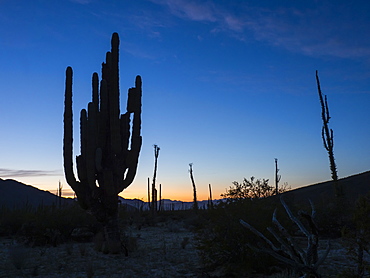
Mexican giant cardon (Pachycereus pringlei), in the Sonoran Desert of Bahia de los Angeles, Baja California, Mexico, North America
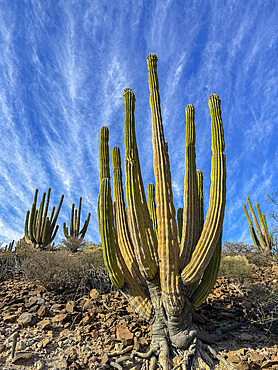
Mexican giant cardon (Pachycereus pringlei), on Isla San Esteban, Baja California, Sea of Cortez, Mexico, North America

Man in Dia de los Muertos makeup and costume, Day of the Dead celebration in the desert, California, United States of America, North America

Day of the Dead themed dinner and celebration in the desert, California, United States of America, North America
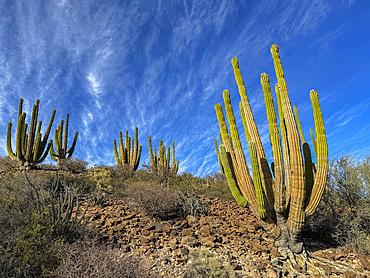
Mexican giant cardon (Pachycereus pringlei), on Isla San Esteban, Baja California, Sea of Cortez, Mexico, North America
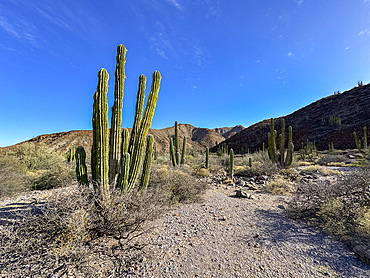
Mexican giant cardon (Pachycereus pringlei), on Isla San Esteban, Baja California, Sea of Cortez, Mexico, North America
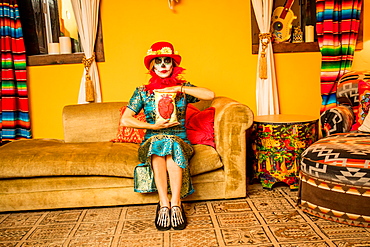
Woman in Dia de los Muertos makeup and costume, Day of the Dead celebration in the desert, California, United States of America, North America

Woman in Dia de los Muertos makeup and costume, Day of the Dead celebration in the desert, California, United States of America, North America
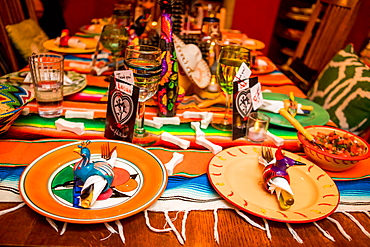
Day of the Dead themed dinner and celebration in the desert, California, United States of America, North America
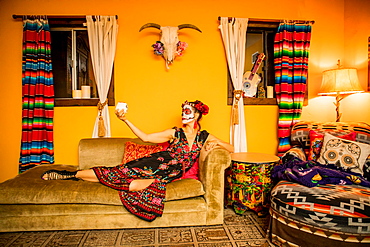
Woman in Dia de los Muertos makeup and costume, Day of the Dead celebration in the desert, California, United States of America, North America
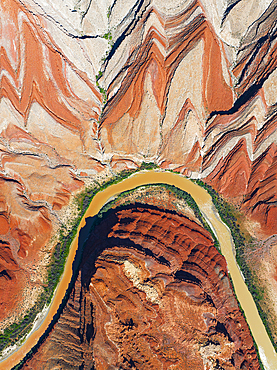
Aerial abstract view taken by drone of particular rock formation during a sunny summer day, Mexican Hat, Utah, United States of America, North America
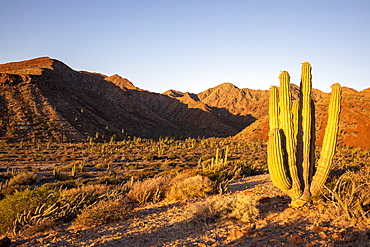
Mexican giant cardon cactus (Pachycereus pringlei), at sunrise on Isla San Esteban, Baja California, Mexico, North America

The meanders of the San Juan River at Goosenecks State Park, adjacent to the Navajo Indian Reservation, near Mexican Hat, Utah, United States of America, North America
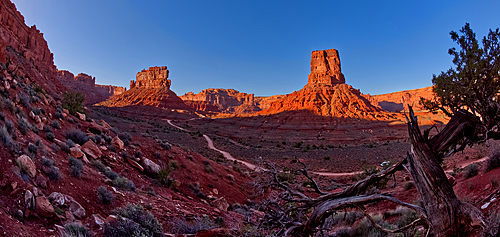
Valley of the Gods viewed from the north slope of the rock formation called Rudolph and Santa, northwest of Monument Valley and Mexican Hat, Utah, United States of America, North America

Valley of the Gods viewed from the south slope of the rock formation called Rudolph and Santa, northwest of Monument Valley and Mexican Hat, Utah, United States of America, North America
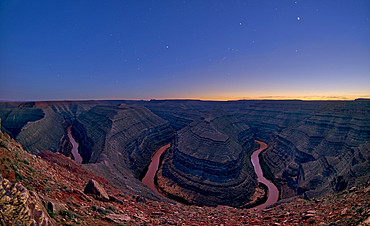
The meanders of the San Juan River viewed at twlight from the overlook in Goosenecks State Park near Mexican Hat, Utah, United States of America, North America
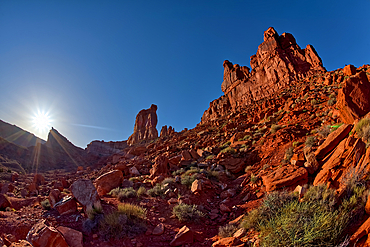
Rock formation called Rudolph and Santa, Valley of the Gods, visible from the main road through the valley, northwest of Monument Valley and Mexican Hat, Utah, United States of America, North America

Photographer with Mexican giant cardon (Pachycereus pringlei), Isla San Esteban, Baja California, Mexico, North America

Visitors looking at large Mexican giant cardon cactus (Pachycereus pringlei) on Isla Santa Catalina, Baja California Sur, Mexico.
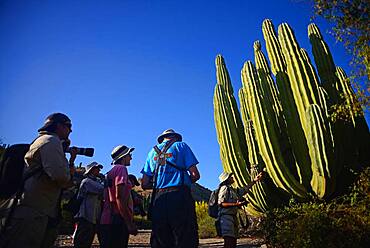
Visitors looking at large Mexican giant cardon cactus (Pachycereus pringlei) on Isla Santa Catalina, Baja California Sur, Mexico.

A large Mexican giant cardon cactus (Pachycereus pringlei) on Isla Santa Catalina, Baja California Sur, Mexico.
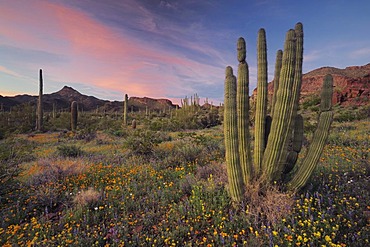
Organ Pipe Cactus (Stenocereus thurberi) in Sonoran Desert in bloom at sunset with Mexican Gold Poppy (Eschscholzia californica mexicana), Desert Lupine (Lupinus sparsiflorus), Saguaro Cactus (Carnegiea gigantea), Organ Pipe Cactus National Monument, Sout
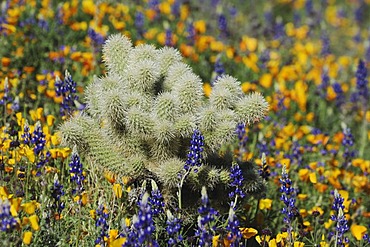
Teddy Bear Cholla Cactus (Opuntia bigelovii) in field of Mexican Gold Poppy (Eschscholzia californica mexicana) and Desert Lupine (Lupinus sparsiflorus), Sonoran Desert, Tonto National Forest, Bartlett Lake, Arizona, USA
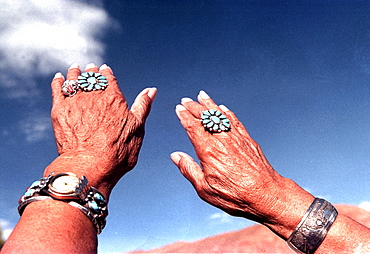
Project Howl of Freedom 1 of 10. There is an old Indian Proverb which says: "Land is People, Remembering is All" Etched upon Navajo Etta Abriso's timims a history of the native american people. Proud are worn hands is a history of the proud and worn lives of the Native American people. The people of the Southwest weave a rich mosaic of culture, tradition and ritual within the mountain boundaries of the desert. These pueblo indians, anglo ranchers, Mexican tradesman and artistic pioneers cling to their land and in turn, their individualism. However, in a homogenizing society that is rapidly expanding in numbers, technology and laws, these descendants of Spanish Conquistadors and Native Americans are slowly being robbed of their identities.
